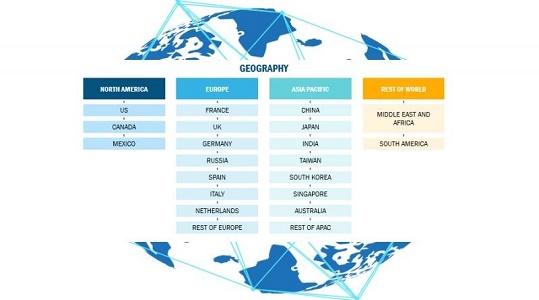Email plays a vital role in our personal and professional lives, and many of us rely on multiple email accounts for communication and organization. If you’re using Gmail and want to streamline your email management, integrating it with Microsoft Outlook 2013 is a smart move. In this blog, we will provide you with a step-by-step guide on how to add Gmail to Outlook 2013, and other editions. We’ll also explore the manual method for doing so, along with its drawbacks and alternative Gmail to Outlook solution.
Outlook 2013 is a popular email client that allows you to manage multiple email accounts efficiently. By adding your Gmail account to Outlook 2013, you can centralize your email communication, access your Gmail messages alongside other email accounts, and take advantage of Outlook’s robust features such as offline access, calendar integration, and advanced organization tools. To achieve this integration, you have two primary options: using the manual method or employing third-party tools or plugins.
The Manual Method for Adding Gmail to Outlook 2013
To add Gmail to Outlook 2013 manually, you can follow these steps –
· Enable IMAP in Gmail – Log in to your Gmail account, go to “Settings,” and click on the “Forwarding and POP/IMAP” tab. Enable “IMAP Access” and save your changes.
· Open Outlook 2013 – Launch Microsoft Outlook 2013 on your computer.
· Add Gmail Account – Click on “File” and then “Add Account.”
· Manually Configure Server Settings – Choose “Manually configure server settings or additional server types” and click “Next.”
· Choose Email Service – Select “Internet Email” and click “Next.”
· User and Server Information – Enter your name and Gmail email address. For “Account Type,” choose “IMAP.”
· Incoming and Outgoing Mail Server – Set the incoming mail server to “imap.gmail.com” and the outgoing mail server (SMTP) to “smtp.gmail.com.”
· Login Information – Provide your Gmail email address and password.
· More Settings – Click on “More Settings” and go to the “Outgoing Server” tab. Check the box that says “My outgoing server (SMTP) requires authentication.” Then, switch to the “Advanced” tab and set the incoming server (IMAP) to port 993 with SSL encryption and the outgoing server (SMTP) to port 587 with TLS encryption.
· Test Account Settings – Click “Next” to test your account settings. If everything is correct, you’ll receive a success message.
· Finish Setup – Click “Finish” to complete the setup process.
Now, you should have successfully added your Gmail to Outlook 2013, 2021, 2019, 2016, 2007. You can start accessing and managing your Gmail emails within the Outlook client.
Drawbacks of the Manual Method
While the manual method for adding Gmail to Outlook 2013 is functional, it comes with some drawbacks –
· Technical Expertise Required – The manual setup process can be complex and may require some technical knowledge, making it challenging for users with limited technical skills.
· Potential Configuration Errors – If you make mistakes during the manual configuration, it can lead to issues with email synchronization and functionality.
· Limited Features – Some advanced Gmail features, such as labels and custom filters, may not work as seamlessly within Outlook 2013.
· Manual Updates – Manual updates for Gmail settings or passwords may be required, which can be time-consuming and prone to errors.
· Lack of Synchronization – The manual method may not provide real-time synchronization of your Gmail calendar or contacts with Outlook 2013.
Alternative Gmail to Outlook migration tool
migrating Gmail account with Outlook 2013 can significantly enhance your email management capabilities, providing you with access to Gmail alongside other email accounts. While the manual method is an option, it does have its limitations, particularly in terms of technical complexity and potential configuration errors. In the next section, we’ll explore an alternative Gmail to Outlook tool to add Gmail to Outlook 2013 and other editions with greater ease and efficiency.CubexSoft has launched Gmail backup Tool is a versatile and efficient solution designed to simplify the process of integrating Gmail with Microsoft Outlook, offering users a straightforward way to manage their emails, contacts, and calendar events. This tool provides a user-friendly interface, facilitating a seamless transition from Gmail to Outlook by converting Gmail data into PST format, which is compatible with Outlook. With features such as selective data migration, secure handling of credentials, and batch processing, It ensures a smooth and secure email management experience, allowing users to harness the full power of Outlook while keeping their Gmail data intact and accessible.




